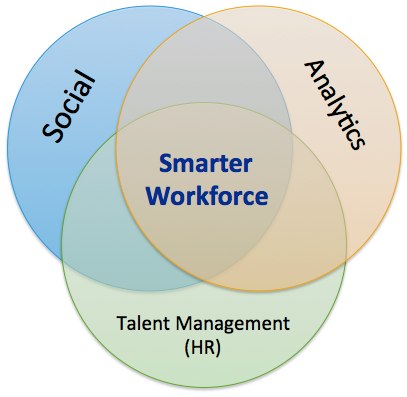In the face of an increasingly globally competitive business landscape,
organisations will have to deal with huge uncertainties related to their viability
and sustainability and many will face a range of demographic changes over the
next few decades, including mergers and acquisition, ageing workforce, the
transience and mobility of the workforce, as well as a whole range of other
economic and societal developments that are likely to impinge significantly on
the types of skills and competencies required in the future.
In order to respond to such uncertainty and serve the changing needs and diversity within the workforce, learning spaces cannot be rigid or exclusive. They need to build on, interconnect and integrate informal and formal provision that already exists. Designing new learning spaces requires companies to consider not only the purpose of acquiring knowledge now, but far more importantly, the changes necessary for a better, more holistic learning environment for their workforce in the future. They need to start, then, by asking not ‘what tools do we want?’ but instead ‘what sort of learning environment do we want to see in future?’ They need to ask not ‘what sorts of learning relationships do they want to foster? What competencies do they want learners to develop? What tools and resources are available to support learning?’
In order to respond to such uncertainty and serve the changing needs and diversity within the workforce, learning spaces cannot be rigid or exclusive. They need to build on, interconnect and integrate informal and formal provision that already exists. Designing new learning spaces requires companies to consider not only the purpose of acquiring knowledge now, but far more importantly, the changes necessary for a better, more holistic learning environment for their workforce in the future. They need to start, then, by asking not ‘what tools do we want?’ but instead ‘what sort of learning environment do we want to see in future?’ They need to ask not ‘what sorts of learning relationships do they want to foster? What competencies do they want learners to develop? What tools and resources are available to support learning?’
Several dynamics need to be taken into account when considering alternative
models of learning. Immediate contextual dimensions, such as cross
organisational partnerships, wider cultural influences, as well as establishing
clarity about critical learning factors, such as the role of the learner, the
organisation and pedagogy. Until organisations ask these questions, they will not
be designing learning spaces for the future, but will simply be reproducing
technologies of the past, albeit with more innovative capabilities.
For learning to be effective, a strategy defining the sort of learning interactions and practices is desired. Organisations need a ‘built andragogy strategy’, the collaboration and human resource management vision to underpin the design principles for the workplace of the future.
To learn more about becoming a creating a smarter workforce, click this link.
For learning to be effective, a strategy defining the sort of learning interactions and practices is desired. Organisations need a ‘built andragogy strategy’, the collaboration and human resource management vision to underpin the design principles for the workplace of the future.
To learn more about becoming a creating a smarter workforce, click this link.

No comments:
Post a Comment